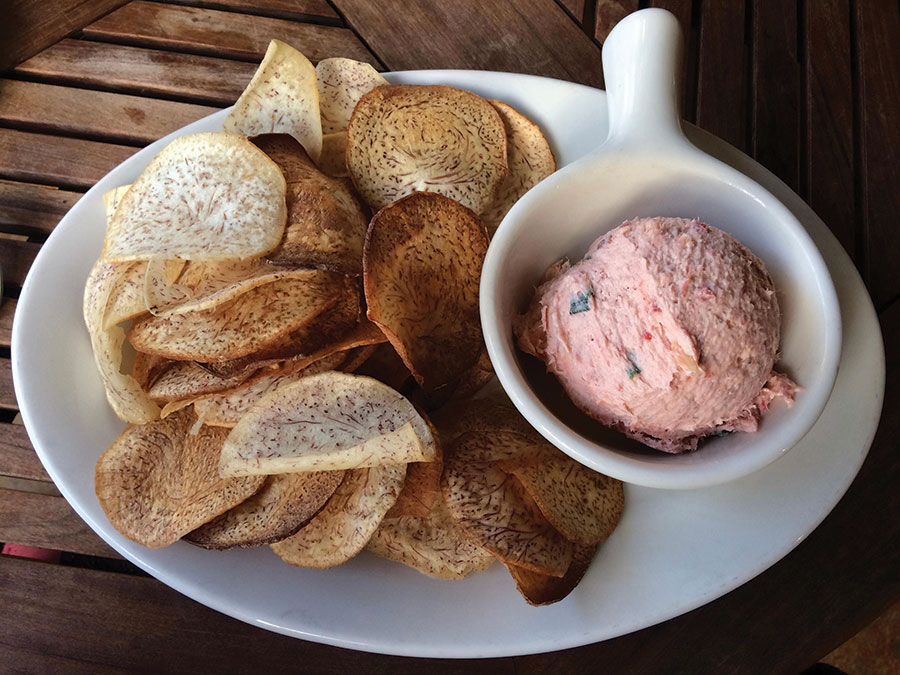Travel 2023: Being a Global Citizen in Hawaii

The Koolau Mountain Range at Kualoa Ranch on Oahu, Hawaii. Photo: Leigh Anne Meeks/Alamy
Escape and find a purpose! In our February/March 2023 issue of Zoomer magazine, we featured “23 Reasons to Travel in 2023”. In this edition, we look meaningful ways to give back when we travel. Click on the link at the bottom of the story for more ideas and inspiration for your next trip.
Instead of taking Hawaiian souvenirs home, consider creating memories from what you leave behind.
John De Fries, the first native Hawaiian president and CEO of the Hawaii Tourism Authority, launched the Mālama Hawai‘i Program in 2020 to encourage visitors to travel on a deeper level by protecting the environment, respecting sacred sites and connecting with native culture.
There’s a payoff beyond feeling good by doing mālama ‘aina – taking care of the land, in Hawaiian – with beach clean-ups, tree planting or restoring traditional fish ponds. Participants can earn hotel discounts and resort credits when they sign up for a Mālama Hawai‘i Program through a participating property.
There are dozens of other ways to have a mālama experience in the Aloha state, including hotel-and community-run activities and cultural programs. For example, I made earrings at a lauhala (Pandanus tree leaf) weaving workshop led by cultural practitioner Pi’iali’i Lawson at the Four Seasons Resort Oahu at Ko Olina on Oahu’s west coast.
On the Mālama Experience tour at Kualoa Ranch, I hopped into cool and squishy knee-deep mud to care for a taro patch, called a lo’i kalo. Located about a 40-minute drive from Honolulu on Oahu, the property has starred in hundreds of Hollywood movies, including Jurassic Park. The scenery is stunning, with towering green mountains and lush valleys.
To begin, taro farmer and guide Iwi Kurosu faced the mist-covered mountains across from her small taro patches and sang a traditional oli (chant), explaining that she was welcoming our small group to the land and acknowledging elders.
Taro is a foundational and sacred food to native Hawaiian people, and its heart-shaped leaf is used in art and fabric design. Known as “the staff of life,” it’s nutrient rich, easy to digest and is eaten from infancy to advanced age. Tourists are probably most familiar with poi, the purplish luau staple made from the cooked, mashed and fermented taro corm. The sour taste makes it a divisive dish for visitors, but Hawaiians love it.

I ate taro many ways in Honolulu, even mixed with sweet coconut milk as a dessert. I loved succulent lau lau: pork shoulder, chicken and salted butterfish wrapped in taro leaves and steamed for hours. In squid luau, the shredded taro leaves reminded me of spinach after being slow cooked with chopped squid and coconut milk.
It felt good to help as we cleaned up the taro patch, pulling dead yellow leaves off the plants and stomping them into the mud. We plucked raspberry-like clusters of eggs from invasive apple snails off the plants, cheering when we eradicated a large deposit. A few people in our group helped harvest a taro corm, wresting it from the patch with traditional wooden tools.
“It’s not very glamorous, but the most important job a farmer does,” Kurosu said of tending the patch. “The quality of your crops depends on how much time and work you put into it.”
Taking part in a mālama experience gives back in unexpected ways. Every time I ate a taro dish or saw the heart-shaped leaves in a painting or on a T-shirt, it made me feel closer to the Hawaiian people, their living culture and the beautiful land.
A version this article appeared in the Feb/Mar 2023 issue with the headline ‘Be a Global Citizen’, p. 78.
For more ideas and inspiration for your next trip, go here.
RELATED:
A Taste of Hawaii: Delicious Eats and Must-See Sites in Oahu
A Film Lover’s Guide to ‘Jurassic World’s’ Stunning Shooting Locations